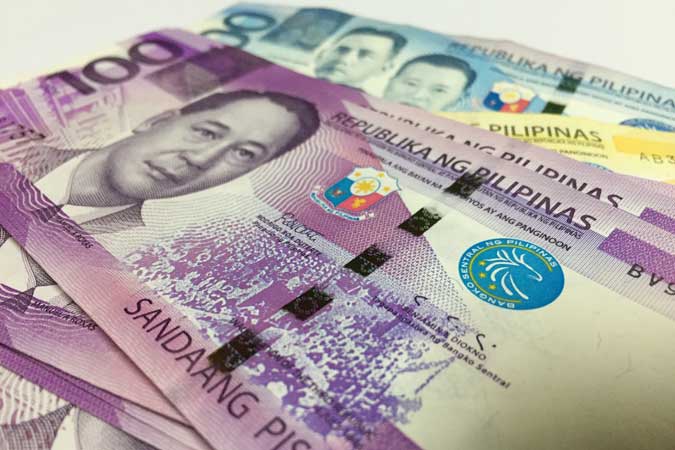By Luz Wendy T. Noble, Reporter
THE BANKING INDUSTRY’S nonperforming loan (NPL) ratio may go beyond 5% by the end of this year, a Bangko Sentral ng Pilipinas (BSP) official said.
“We’re expecting the year-end 2021 NPL ratio to be a little above 5%,” BSP Deputy Governor Chuchi G. Fonacier told BusinessWorld via Viber message.
Ms. Fonacier said the Financial Institutions Strategic Transfer (FIST) Law, signed in February, will help banks offload bad assets which will bring down the NPL ratio.
“With the enactment of the FIST Law, it is estimated that NPL ratio of banks will decline by 0.63 to 0.71 percentage points,” she said.
The industry-wide NPL ratio reached 4.08% in February, the highest in more than 11 years or since 4.09% in October 2009, data from the BSP showed.
Gross bad loans surged 80% to P431.266 billion in February, from P239.902 billion a year earlier.
Ms. Fonacier said it is difficult to assess the impact of the two-week enhanced community quarantine (ECQ) in Metro Manila and adjacent provinces on banks’ bad loans. No mandatory loan moratorium was implemented during the ECQ from March 29 to April 11.
“We will have to observe first how the FIST Law will impact on the NPAs (nonperforming assets) of the banking industry,” she said.
BSP Governor Benjamin E. Diokno has said they expect banks to sell at least P152 billion of their nonperforming assets to FIST Corporations to help them clean their balance sheets.
Meanwhile, Michael Langham, senior Asia country risk analyst at Fitch Solutions, said the impact of the lockdown will hurt banks’ consumer lending portfolio, which account for 9.3% of their outstanding loans and has proven to be “more susceptible to souring during the pandemic.”
Consumers will feel the “income squeeze,” as inflation continues to rise, he said.
“This [lockdown] will in particular hit low-income households and informal workers, with the unemployment rate already elevated at 8.7% in the first quarter of 2021,” he said in an e-mail.
Mr. Langham said the economic situation of borrowers will also impact the housing sector and mortgage payments, with residential home loans accounting 19.1% of banks’ portfolio.
“This could result in properties falling into negative equity, particularly if bought in late 2019 or early 2020, and raise the risks of repayment for such mortgages,” he said. Negative equity happens when the current value of a property is already lower than the outstanding balance remaining on a borrower’s mortgage.
Central bank data showed home prices outside Metro Manila rose 5.9% in the fourth quarter of 2020, slower than the 6.4% in the third quarter and the 8.3% growth a year earlier.
Meanwhile, prices of residential properties in Metro Manila dropped 4.8% in the last three months of 2020, a reversal from the 15.1% increase a year earlier but a less steep decline from the -12.2% in the previous quarter.
Despite a likely pickup in bad loans, Mr. Langham said the banking industry remains well-buffered for losses and is likely to benefit from the FIST Law, although the process could be “slow.”
“Banks may be reluctant to divest NPLs while the economy is still struggling with the pandemic and asset prices remain depressed. As such, this may be a slow process that helps bank balance sheets over the medium term, keeping the NPLs ratios elevated,” he said.

